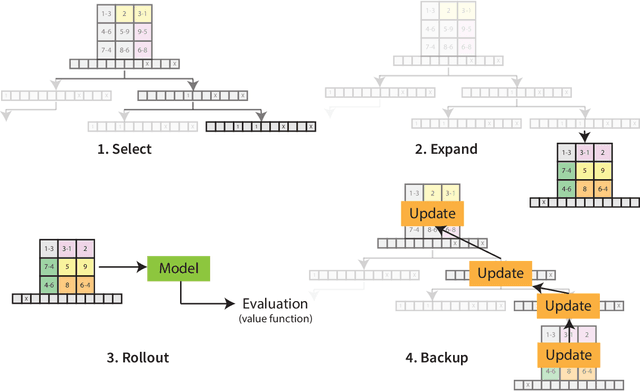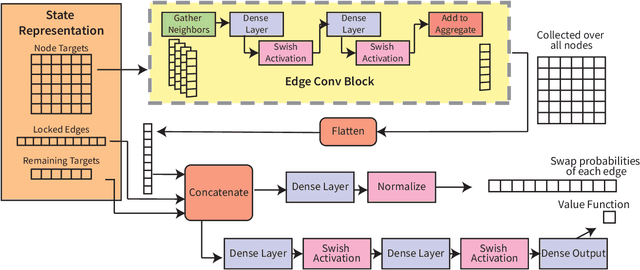Utkarsh Azad
Quantum Phase Recognition using Quantum Tensor Networks
Dec 12, 2022Abstract:Machine learning (ML) has recently facilitated many advances in solving problems related to many-body physical systems. Given the intrinsic quantum nature of these problems, it is natural to speculate that quantum-enhanced machine learning will enable us to unveil even greater details than we currently have. With this motivation, this paper examines a quantum machine learning approach based on shallow variational ansatz inspired by tensor networks for supervised learning tasks. In particular, we first look at the standard image classification tasks using the Fashion-MNIST dataset and study the effect of repeating tensor network layers on ansatz's expressibility and performance. Finally, we use this strategy to tackle the problem of quantum phase recognition for the transverse-field Ising and Heisenberg spin models in one and two dimensions, where we were able to reach $\geq 98\%$ test-set accuracies with both multi-scale entanglement renormalization ansatz (MERA) and tree tensor network (TTN) inspired parametrized quantum circuits.
Machine Learning based Discrimination for Excited State Promoted Readout
Oct 16, 2022



Abstract:A limiting factor for readout fidelity for superconducting qubits is the relaxation of the qubit to the ground state before the time needed for the resonator to reach its final target state. A technique known as excited state promoted (ESP) readout was proposed to reduce this effect and further improve the readout contrast on superconducting hardware. In this work, we use readout data from five-qubit IBMQ devices to measure the effectiveness of using deep neural networks, like feedforward neural networks, and various classification algorithms, like k-nearest neighbors, decision trees, and Gaussian naive Bayes, for single-qubit and multi-qubit discrimination. These methods were compared to standardly used linear and quadratic discriminant analysis algorithms based on their qubit-state-assignment fidelity performance, robustness to readout crosstalk, and training time.
Qubit Routing using Graph Neural Network aided Monte Carlo Tree Search
Apr 01, 2021



Abstract:Near-term quantum hardware can support two-qubit operations only on the qubits that can interact with each other. Therefore, to execute an arbitrary quantum circuit on the hardware, compilers have to first perform the task of qubit routing, i.e., to transform the quantum circuit either by inserting additional SWAP gates or by reversing existing CNOT gates to satisfy the connectivity constraints of the target topology. We propose a procedure for qubit routing that is architecture agnostic and that outperforms other available routing implementations on various circuit benchmarks. The depth of the transformed quantum circuits is minimised by utilizing the Monte Carlo tree search to perform qubit routing, aided by a Graph neural network that evaluates the value function and action probabilities for each state.
 Add to Chrome
Add to Chrome Add to Firefox
Add to Firefox Add to Edge
Add to Edge